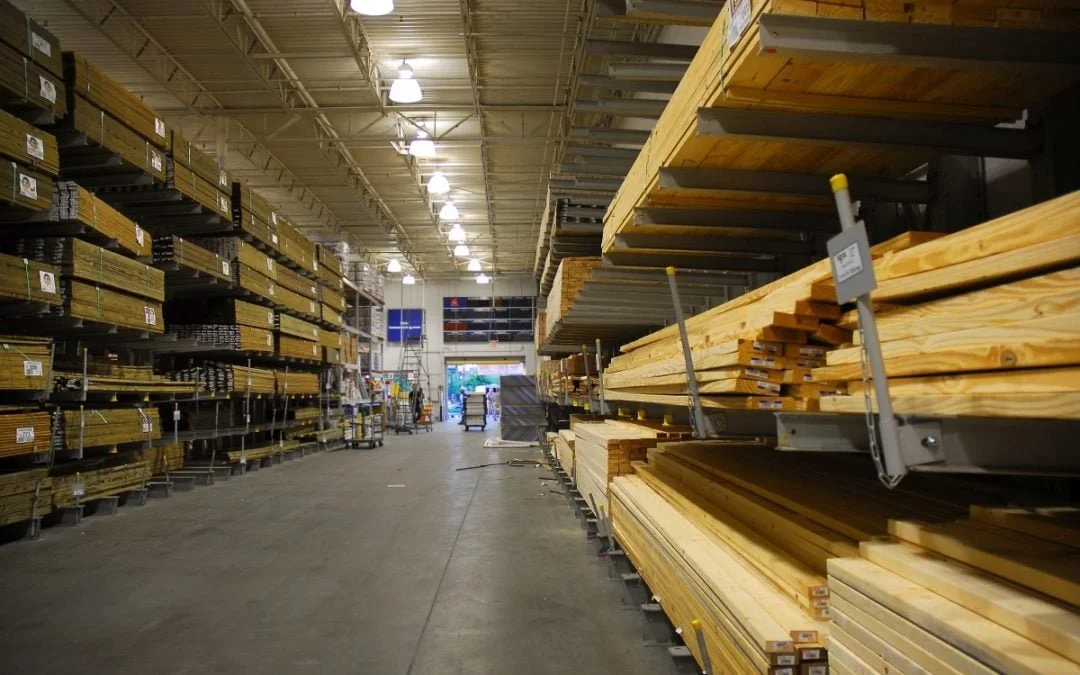Softwood Vs Hardwood
When renovating your home or completing any kind of woodworking project, it is vital to ensure you are using the proper kind of wood for the job. Specialty wood is the best way to go because it is durable, functional, and looks incredible no matter what the job is! There is a wide array of specialty woods out there and it is important to know the attributes of each one, making it easier to choose which type of wood is perfect for your next project. In hopes to help you make a final decision, we will be comparing softwood vs hardwood in this blog. If you have any additional questions, contact us!
Softwood Vs Hardwood
The first step to understanding the different types of wood is knowing the difference between softwood and hardwood. Softwoods are typically from trees such as pine, spruce, cedar, juniper, yew, redwood and cedar. Softwoods are easier to cut down and the tree itself is less dense. Whereas hardwood is usually more expensive, but it is more durable, sturdy, and requires less upkeep. Hardwoods are oak, maple, and walnut. A fun fact and a way to easily determine the type of wood a tree is- is that hardwood trees are all trees that shed their leaves!
Softwood Vs Hardwood: Different Softwoods
Red cedar is grown in the United States and resistant to more wear and tear such as cracking, warping, and insects. It is easy to work with, but due to its nature of being a softwood, it can have trouble holding in nails and screws. Its coloring tends to be red and brown or yellow (sapwood). Red cedar is the perfect wood for fencing, some furniture, and DIY projects like birdhouses and small wood projects. A tip to remember is not to use oil on a red cedar.
White Spruce
White spruce is a softwood that works super nicely and is found distributed through continental Europe. It is perfect at holding screws and nails and is super durable. One downside is that it may decay and rot much faster than other softwoods. Its color is usually white and is used for construction lumber and crates. A way to prevent this wood from rotting is to use a sealer after it’s installed.
Fir
North America, Europe, North Africa, and Asia is where you can find most Fir trees. Fir is a very durable and strong wood! You will normally see fir in the colors yellow and brown, and sometimes reddish. The grain is straight with some waves and it is perfect for plywood! This wood does contain sap at times, which means painting it wouldn’t be frowned upon and would lengthen the life span of this wood.
Pine
Pine is a natural wood that can be found almost anywhere. It is commonly used for carpentry work such as frames, flooring, roofs, and furniture. Pine is durable and sturdy, but keep it away from moisture as it soaks it up fairly easy.
Softwood Vs Hardwood: Different Hardwoods
Mahogany
Mahogany is a tropical wood and is praised for its beauty and rich color. It usually has no voids and the color darkens the older it gets, creating an incredibly colored board. It is usually found in a blood red color with a perfectly straight grain. It’s most commonly used for furniture since it is durable and beautiful looking.
Walnut
Walnut is a very popular wood for furniture and is found all over the United States. It has crazy durability and strength and is resistant to shock. It is usually pale brown or dark brown with streaks and is used for high-end classy furniture, flooring, and gun stocks. It is best when finished with polyurethane.
Birch
Birch Wood is very similar to oak wood, but it is harder making it the better candidate for projects. It is used for storage crates, boxes, kitchen cabinets, chairs, and doors. Birch has a very natural color with light and white colors.
Maple
Maple is usually found in Asia, but can also be seen in North America and Africa, as well as Europe. It is sturdy and resistant to splitting and is easy to clean. The grain is unique because it is usually straight and parallel. Maple is a prime specialty wood because it can be used for almost any project, no matter what.
There are hundreds of species of specialty wood and they all have their own attributes that make them good for a wide array of projects. These are just a few of the most commonly used and seen specialty woods. Hopefully, this guide to the common specialty woods helps you in deciding which type of wood is the next contestant for your projects.

